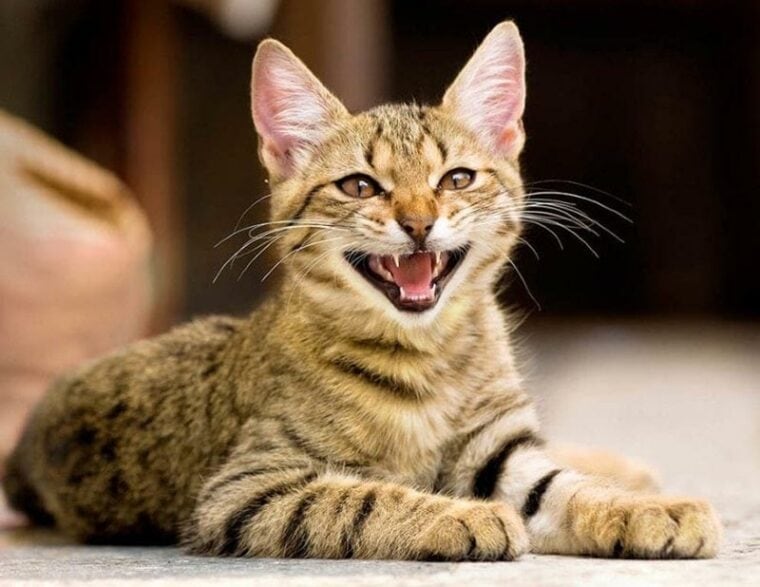
Do cats laugh? That is a question that many people have asked over the years. Many cat owners believe that their furry feline companions are capable of laughter, while others remain skeptical and unsure. Yes and no. The answer, much like cats, is complex. In this article, we will look at the evidence to determine if cats can truly laugh.
Can Cats Really Laugh?
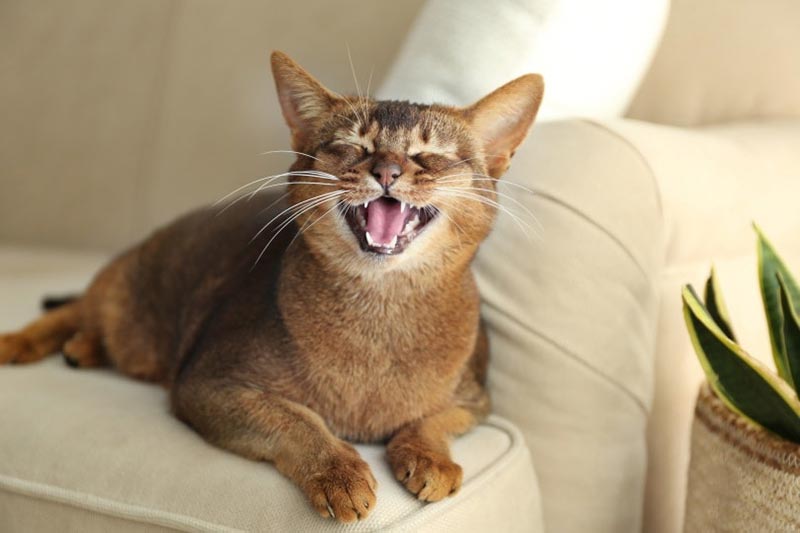
When observing cats in their natural environment, it is easy to see that they are capable of vocalizing and displaying facial expressions. However, whether these vocalizations and expressions equate to laughter is a bit harder to determine.
Many cat owners report seeing their cats display behaviors that resemble laughter, such as purring or making chirping sounds in response to something that they find amusing. Additionally, cats often display facial expressions such as wide smiles and raised eyebrows when playing or being tickled, which are similar to the responses seen when humans laugh.
What Does Laughing Generally Involve?
In order to determine if cats can laugh, it is important to understand what laughing typically involves. Laughter is an expression of joy or amusement, and often involves a few different components:
Other Ways Cats Express Happiness, Joy, and Amusement

Though cats may not laugh in the same way humans do, they are still able to express happiness and joy through other behaviors. Cats often purr when content or feeling good, which many owners interpret as laughter. They may also twitch their tails or jump around in response to something that they find amusing.
Cat Laughter FAQs
Now that we’ve looked at what laughing involves, let’s further explore whether cats can laugh.
Q: What does cat laughter sound like?
A: Cat laughter usually takes the form of a low-pitched purr, although some cats may also make chirping sounds or other vocalizations in response to something funny.
Q: What activities make cats laugh?
A: Cats may laugh in response to activities such as playing with toys, being tickled or petted, or simply observing something amusing.
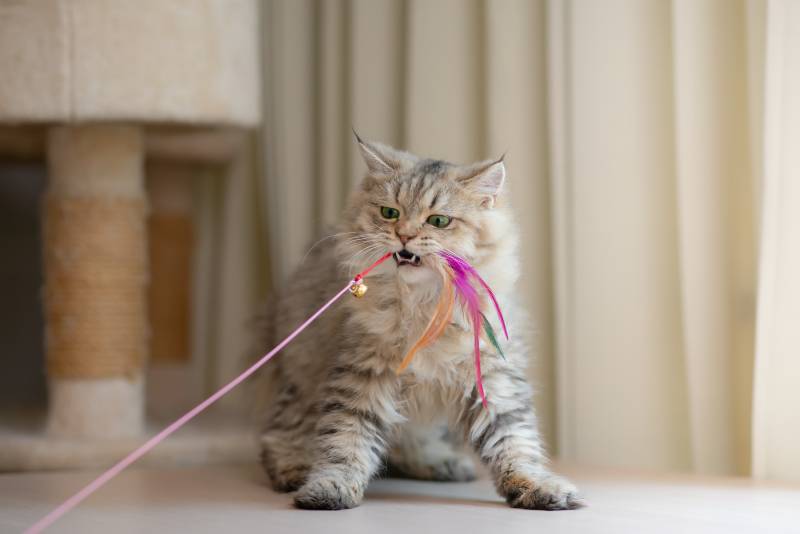
Q: Do all cats laugh?
A: Most cats display behaviors that indicate they are feeling joy and amusement, although the exact form of this response may vary from cat to cat.
Q: Can I teach my cat to laugh?
A: No, you cannot teach your cat to laugh. However, you can encourage joyful and playful behaviors by engaging in activities such as playing with toys or offering treats.
Q: What other body language can I watch for?
A: In addition to vocalizations or facial expressions, cats may also display signs of joy through activities such as rubbing against people, running around in circles, or rolling on their backs.
Q: Do cats make each other laugh?
A: Yes, cats may show signs of laughter or joy when playing or interacting with other cats.
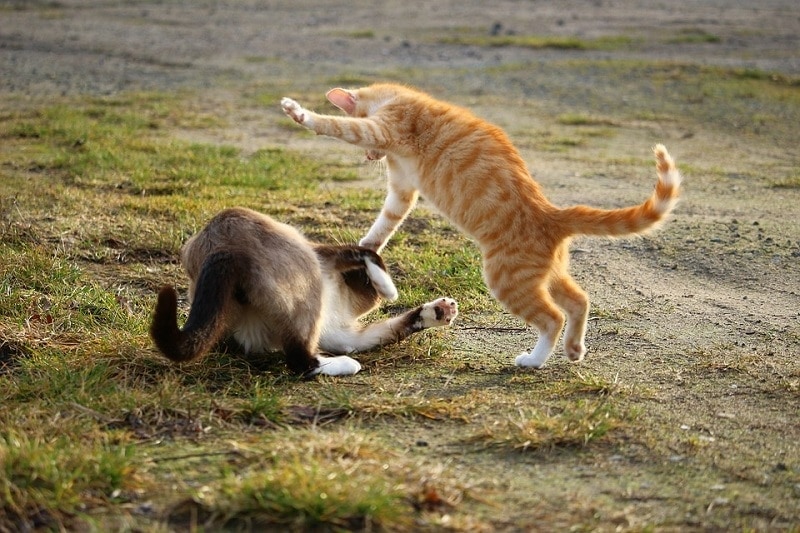
Q: My cat makes a chattering sound. Is that laughing?
A: Chattering is a common behavior in cats and can indicate that they are feeling happy or excited. However, it is not necessarily an indication of laughter.
Q: How can I create a fun environment for my cat?
A: To create a fun environment for your cat, try providing them with plenty of toys, scratching posts, and interactive games. Additionally, make sure to spend quality time playing with or petting your cat each day. This will help ensure that they have an enjoyable and stimulating home life.
Q: What should I do if my cat seems unhappy?
A: If your cat appears to be feeling down or anxious, try providing them with a calm and comfortable environment. As cats are natural hunters, you may also want to consider offering them interactive toys and treats that simulate hunting behavior. Additionally, spending some quality bonding time with your cat can help them feel loved and appreciated. If these efforts do not seem to be helping, it may be time to consult a veterinarian or pet behavior specialist.
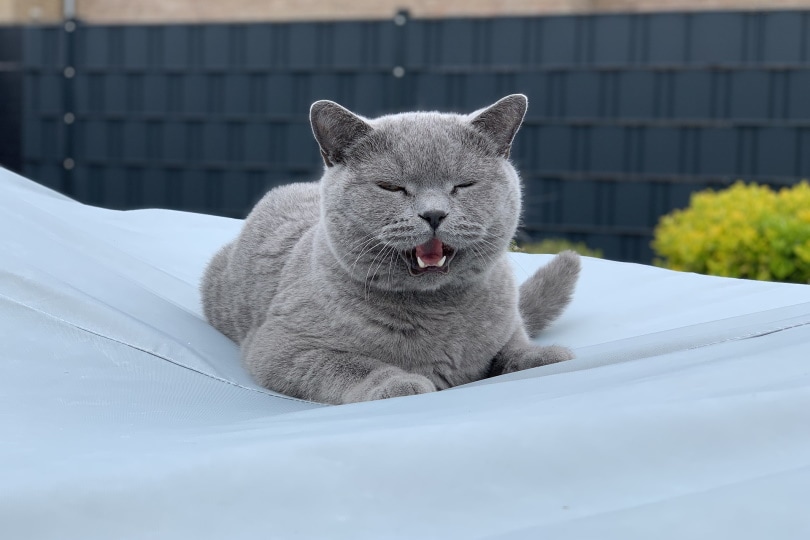
Q: How can I tell if my cat is really enjoying an activity?
A: The best way to tell if your cat is truly enjoying something is to observe their body language. If they seem relaxed and content, then they are likely experiencing joy or amusement. Additionally, watch out for behaviors such as purring or chirping, which are usually indicative of a happy and playful mood. Lastly, if your cat is showing signs of laughter or joy while playing, then they are almost certainly enjoying the activity!
Q: Are there any other indications of laughter in cats?
A: In addition to vocalizations and body language, cats may also display signs of joy or amusement through activities such as kneading their paws or twitching their tails. If you notice these types of behaviors while your cat is playing or interacting with something, they are likely feeling happy and content.
Q: Why does my cat pant when he plays?
A: Panting is a common behavior in cats while they are playing or engaged in other activities. This can be a sign of excitement and joy, as their breathing rate increases due to the stimulation of their environment. If your cat is panting while playing and otherwise appears healthy, then it is likely that they are just happy and enjoying themselves. However, if your cat is panting frequently and exhibiting other signs of distress, it may be time to visit the vet. In these cases, excessive panting can signal an underlying medical condition that needs to be addressed.
Q: What does it mean when my cat kneads its paws?
A: Kneading is a common behavior in cats and can indicate that they are feeling content or relaxed. This is often seen while they are being petted or playing with toys, as it is a sign of pleasure. Additionally, kneading can also be an indication of your cat’s desire for affection, so it may be worth providing some extra cuddles and attention if you notice this behavior. All in all, kneading is usually a good sign as it suggests that your cat is feeling happy and relaxed!
Q: Do all cat breeds laugh?
A: No, not all cat breeds laugh. Generally speaking, cats with an outgoing and playful personality are more likely to show signs of laughter or amusement when playing or interacting with something they enjoy. Additionally, some cats may be more vocal than others and are therefore more likely to express their joy through chirping or other forms of vocalizations. Ultimately, the likelihood of your cat displaying signs of laughter will depend on their individual personality and preferences.
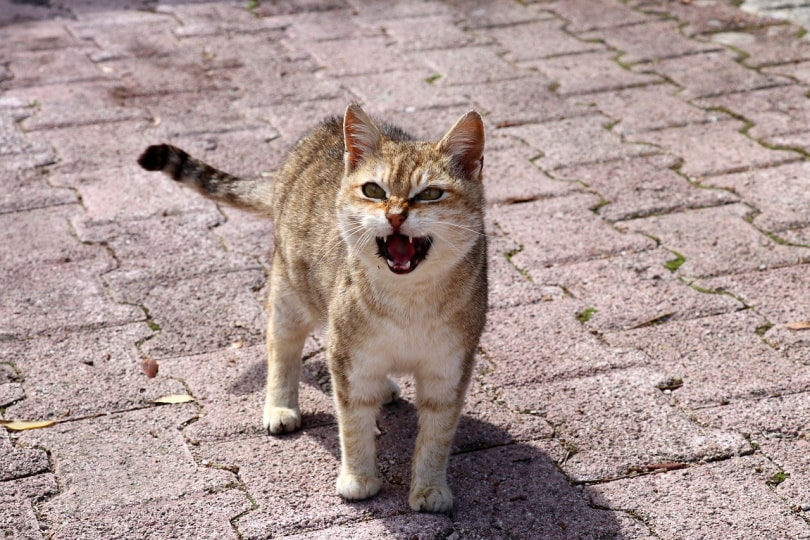
- You might also like: Can Cats Laugh? Do They Laugh Like Humans? (FAQs)
Conclusion
In conclusion, it appears that cats may be capable of laughing, although the exact nature of this behavior is still a bit of a mystery. While cats may not be able to produce the same sounds that humans make when they laugh, they do seem to have the capacity for facial expressions and body language that indicate amusement or joy. The next time your cat does something funny, pay close attention – it might just be laughing!
Featured Image Credit: Stanimir G.Stoev, Shutterstock







